Certifying origin for Argyle diamonds

The certificate of origin
The DELTA origin certificate has three main sections – ‘Physical’, ‘Optical & Spectroscopic’ and ‘Summary’. The ‘Physical’ section of the certificate is primarily to enable a match between a diamond and the certificate, while the ‘Optical & Spectroscopic’ section relates to the diagnostics allowing an origin determination. The ‘Summary’ provides a statement about the origin. Where a diamond is not found to have characteristics consistent with the Argyle deposit, then no origin certificate will be issued.
Argyle pink and blue/violet diamonds exhibit a range of characteristics that need to be considered when verifying their origin. In many instances no single characteristic, such as fluorescence, is sufficient for verification so multiple tests are conducted on each stone. These tests include:
The images shown in the DELTA certificate have been obtained using a Gemetrix PL Inspector. Argyle pink diamonds mostly fluoresce blue under both LW (365 nm) and SW (255 nm) UV light, however a low percentage fluoresce yellow and some show no fluorescence. Most pinks from other sources or those that have received colour treatment have either a low intensity of colour or a different colour, however there are some which also show blue fluorescence.
Argyle blue/violets fluoresce a strong light blue under LW and a strong pale yellow under SW, whereas blues from other sources show weak fluorescence under LW and purple under SW with a red phosphorescence.
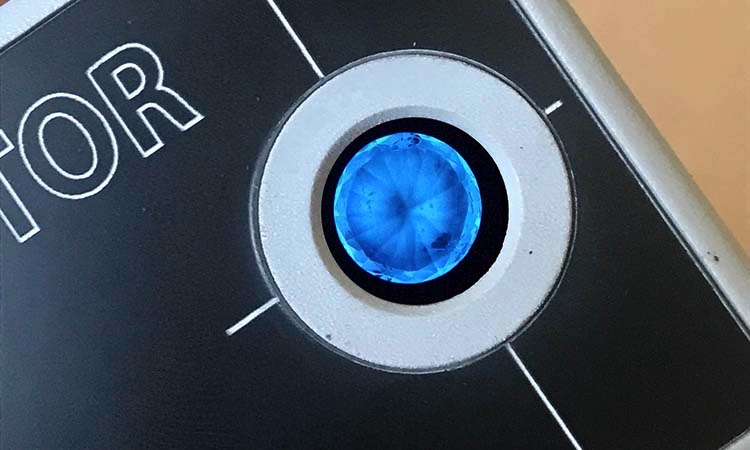
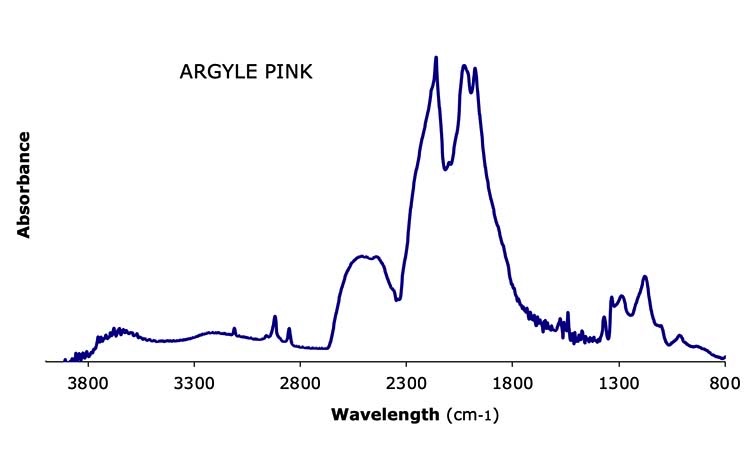
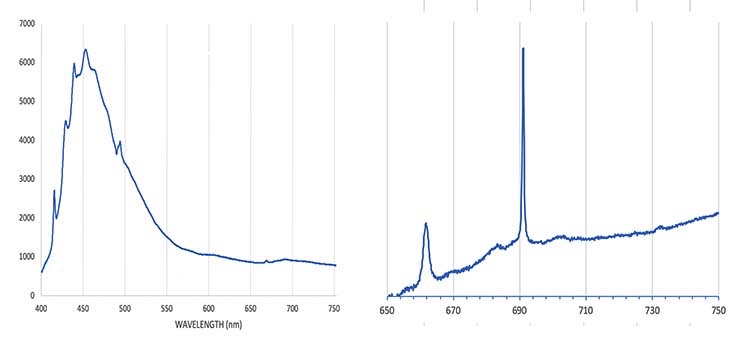
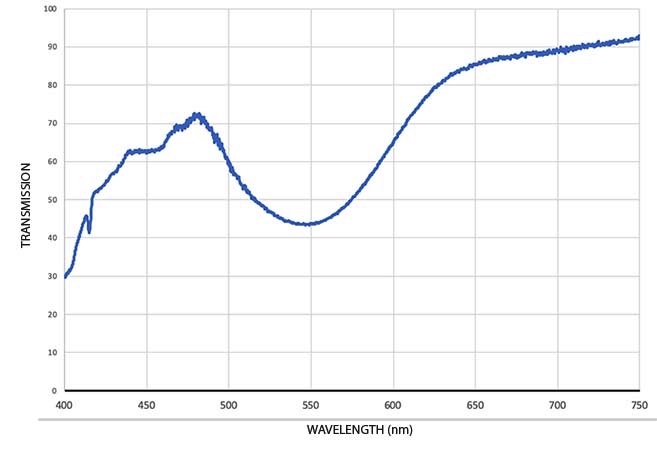

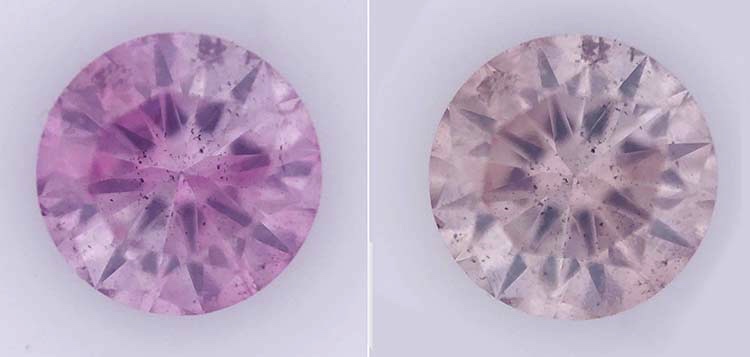
Verify the DELTA origin certificate using the QR code:
A unique QR code on each certificate links to an image of the actual certificate, enabling it to be verified online.